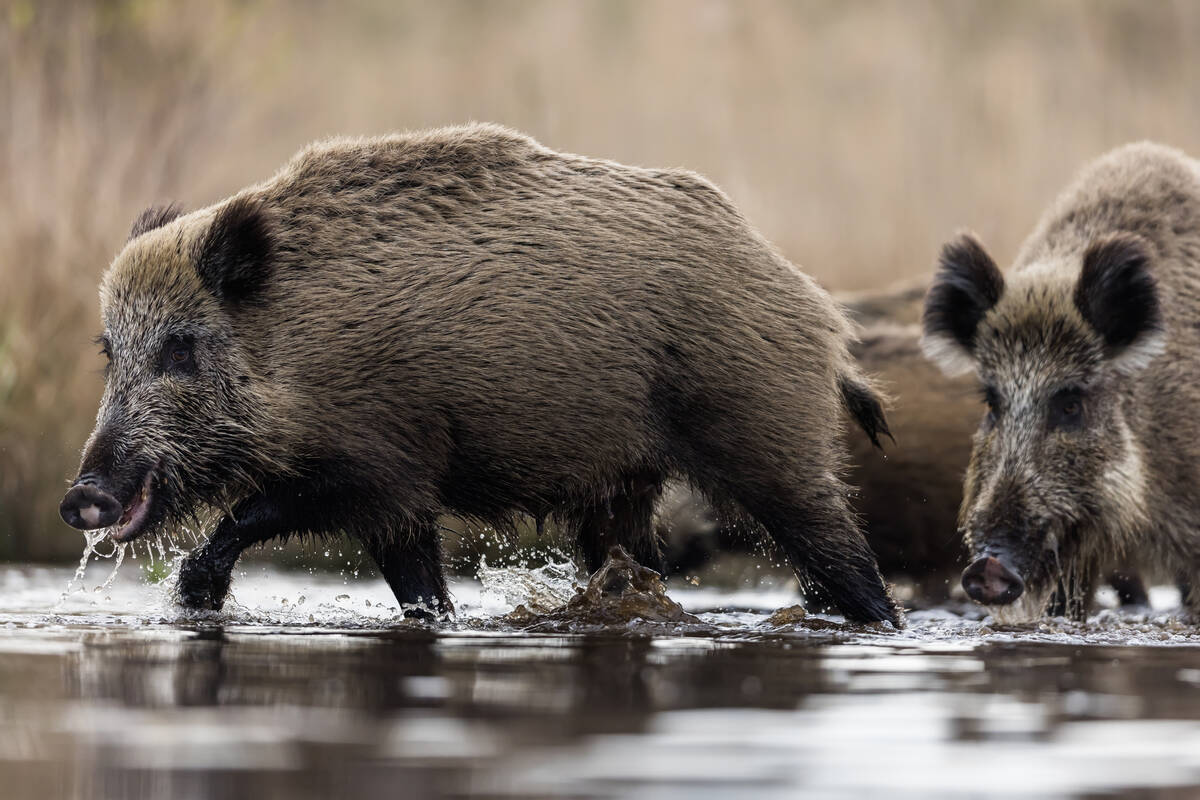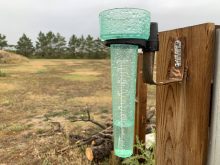Quaker Oats has served up a heaping bowl full of money to oat researchers at the University of Saskatchewan’s Crop Development Centre.
And prairie farmers, through the Saskatchewan Oat Development Commission, have added some sugar on top.
The university recently announced that it had signed an agreement with Pepsi-QTC Canada, which operates the Quaker Oats business in Canada, that will provide $1.6 million in funding from 2008 to 2010.
That works out to an average of $533,000 a year. The new deal replaces an expired five-year agreement that provided $1.1 million, an average of $220,000 annually.
Read Also

Manitoba bans wild boar possession
Manitoba has tightened the regulatory status of Eurasian wild boar in an effort to help fight back against invasive wild pigs.
A few days later, the oat commission (SODC) announced it would provide $100,000 a year for five years to help finance the centre’s work in developing new higher yielding, disease resistant varieties.
The commission gets its money from a producer checkoff of 50 cents per tonne on sales of Saskatchewan oats.
Quaker has been funding oat research at the university continuously for more than 30 years.
Brian Rossnagel, a barley and oat breeder at the centre, said it’s crucial for plant breeders and researchers to have a close working relationship with industry players such as Quaker.
“The feedback and support we receive from our research partners and supporters such as Pepsi-QTC Canada is critical to future planning and the success of our oat research and breeding programs,” he said.
Some of the money from the two funders will go toward hiring research technicians, training summer and graduate students and expanding the centre’s program into new areas such as oat pathology and genomic research.
More specifically, Rossnagel said some of the new money will include a project aimed at finding better ways to control wild oats in tame oats.
“That’s a really big problem for producers,” he said.
Funds will also go to a recently hired plant pathologist working on identifying a new course of crown rust resistance.
Some of the money will also be used to develop new varieties designed to meet specific quality parameters exclusively for Quaker.
“If that work is successful it will give them an edge in processing and end products,” said Rossnagel.
Dwayne Anderson, a Fosston, Sask., farmer and chair of the SODC, said the five year investment of farmers’ money will pay dividends down the road.
“We hope to see improvements to varieties for both human and livestock food,” he said, adding that could potentially include forages.
An agronomist for the U of S centre said it’s beneficial for researchers and producers to work together.
“The feedback and support we receive from our research partners and supporters such as SODC are critical to future planning and the success of our oat research and development programs,” Steve Shirtliffe said.
While most prairie oat production is sold to U.S. buyers for food purposes, the centre will also continue to work on improved feed varieties.
Quaker provides more than half of the centre’s total budget for oat research and development.
Other funding comes from the university, the Saskatchewan government, the SODC checkoff, Cargill, CanOat Milling, Grain Millers Inc., SuperOats Canada and FarmPure Genetics.














